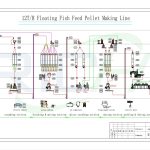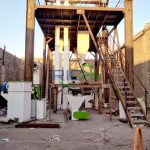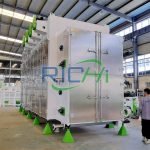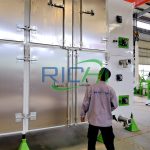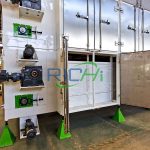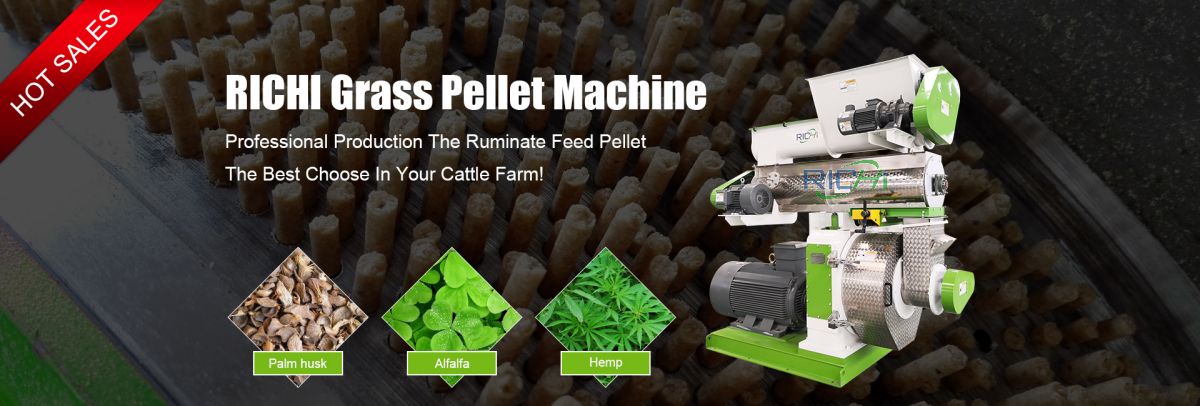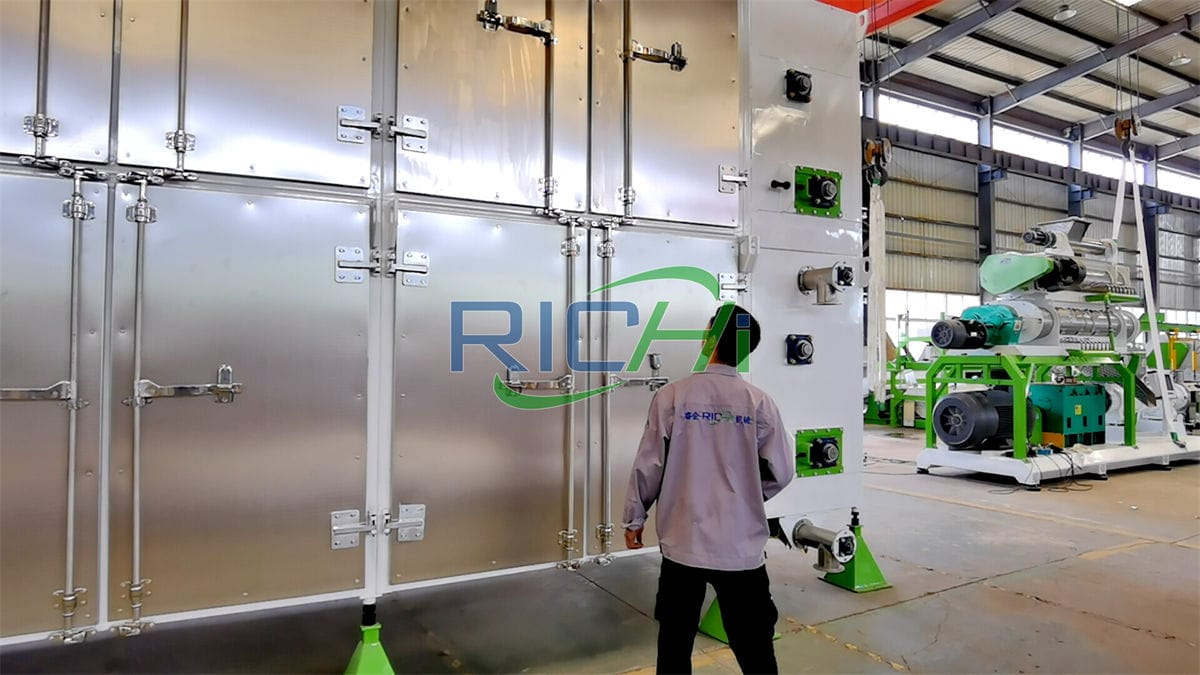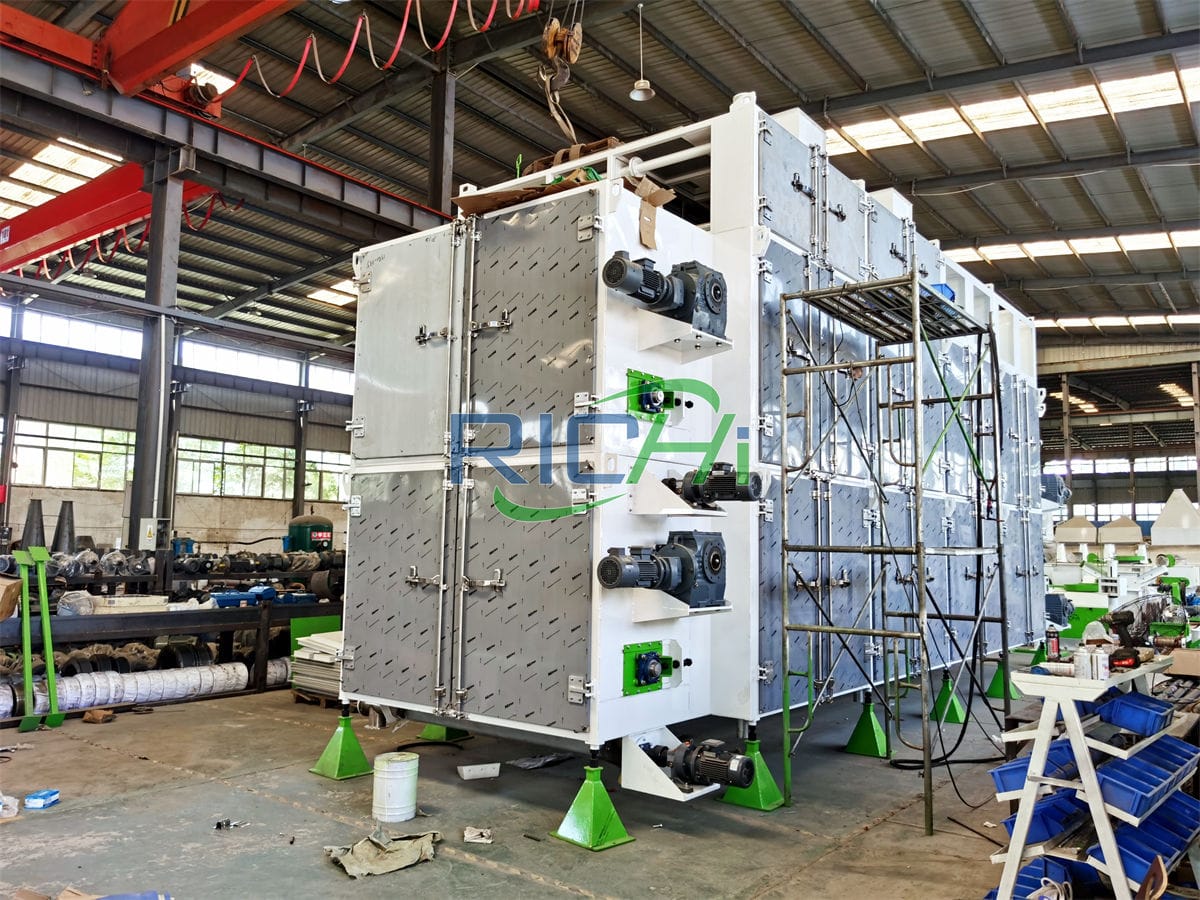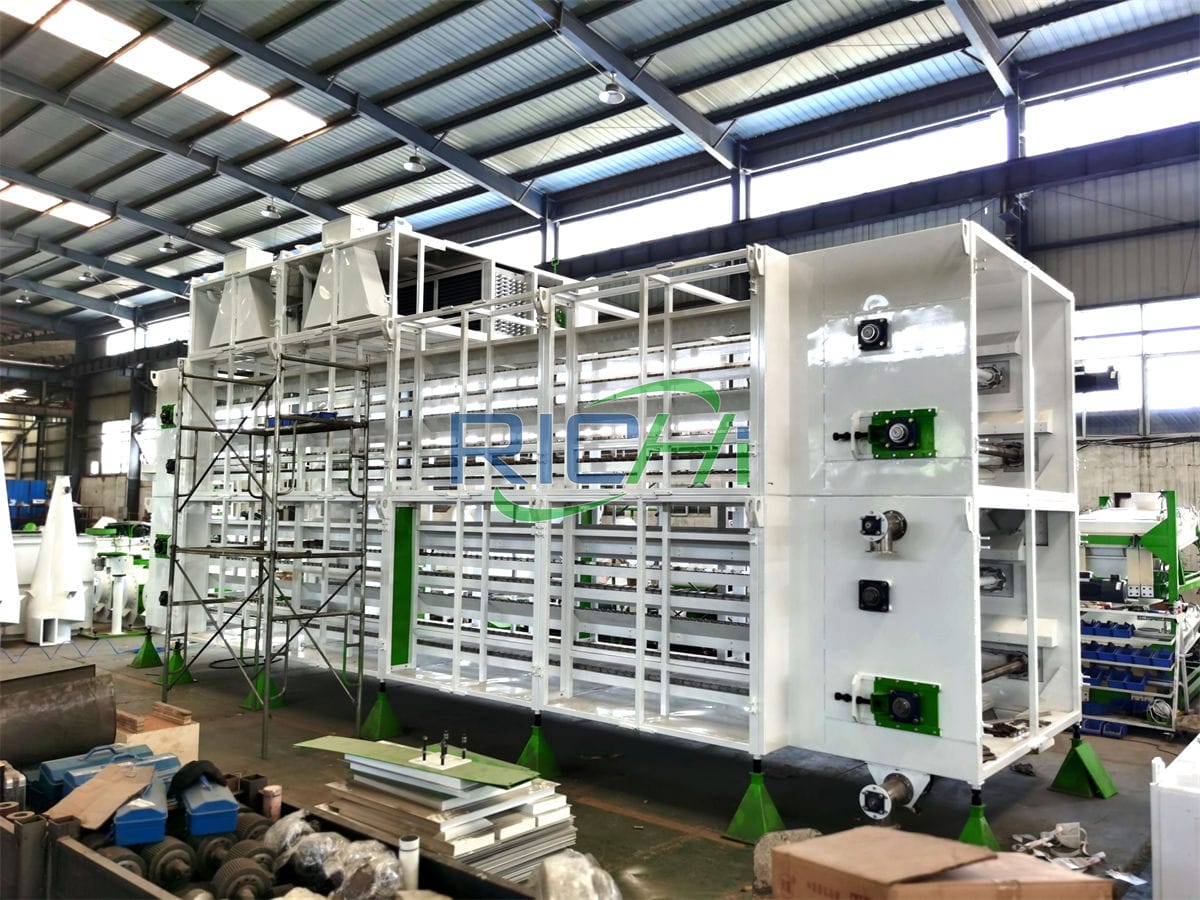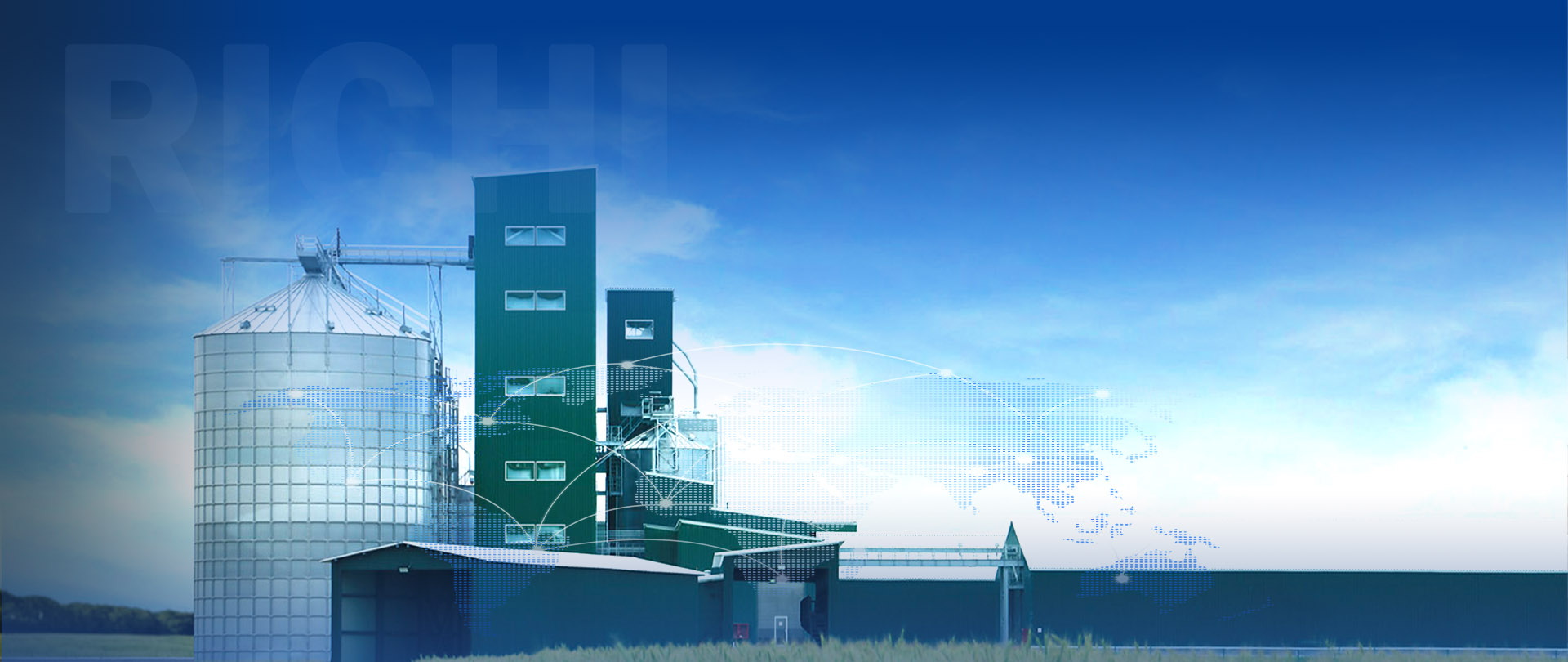The Grass Pellet Machine, primarily designed for processing grass into compact pellets, has garnered significant interest for its potential application in broader biomass pellet production. As the renewable energy sector continues to grow, the versatility of equipment like the Grass Pellet Machine becomes increasingly relevant.
This article explores the feasibility, advantages, challenges, and considerations of using Grass Pellet Machines as biomass pellet machines.
Understanding Grass Pellet Machines
Before delving into their potential as biomass pellet machines, it’s important to understand the basic design and function of Grass Pellet Machines:
- Primary Purpose: These machines are specifically designed to compress and extrude grass into uniform pellets.
- Components: Typically include a hopper, die, rollers, and a cutting mechanism.
- Process: The grass is compressed through a die by rollers, forming it into pellets which are then cut to the desired length.
Adaptability for Biomass Pellet Production
While Grass Pellet Machines are optimized for grass, many models demonstrate significant adaptability for processing various biomass materials:
- Similar Materials: These machines can often process materials similar to grass, such as straw, hay, and other fibrous agricultural residues.
- Adjustable Settings: Many modern machines offer adjustable die sizes and roller pressures, allowing for customization of the pelletizing process for different biomass types.
- Versatility in Raw Material Processing: Some models can handle a variety of biomass materials, including wood sawdust, leaves, and crop residues.
Types of Biomass Pellets Potentially Producible
Depending on the specific model and its features, a Grass Pellet Machine might be able to produce various types of biomass pellets:
- Straw Pellets: From wheat, rice, or other grain crops.
- Wood Sawdust Pellets: Utilizing waste from wood processing industries.
- Agricultural Residue Pellets: From corn stalks, soybean stalks, etc.
- Mixed Biomass Pellets: Combinations of different plant materials.
- Leaf Pellets: From deciduous trees or other leafy materials.
Advantages of Using Grass Pellet Machines for Biomass Pellet Production
Adapting Grass Pellet Machines for biomass pellet production offers several potential benefits:
- Cost-Effectiveness: Utilizing one machine for multiple biomass types can be economically advantageous, especially for small to medium-scale operations.
- Versatility: The ability to produce pellets from various biomass sources increases operational flexibility.
- Efficiency with Low-Density Materials: Grass pellet machines are designed to handle low-density fibrous materials efficiently, which is beneficial for many types of biomass.
- Reduced Waste: Converting various agricultural and forestry byproducts into pellets helps in waste reduction and resource utilization.
- Local Resource Utilization: These machines can help in converting locally available biomass into valuable fuel products.
- Lower Wear and Tear: When processing materials similar to grass, these machines may experience less wear compared to processing denser materials like wood.
Related post: Alfalfa Pellet Machine
Challenges and Considerations
While Grass Pellet Machines show promise for biomass pellet production, several challenges and considerations must be addressed:
- Material Density Variations: Different biomass materials have varying densities, which may affect the pelletizing process and require adjustments.
- Moisture Content Management: Optimal moisture content for pelletization may vary between different biomass types, necessitating careful moisture control.
- Binding Properties: Some biomass materials may lack the natural binding properties of grass, potentially requiring the addition of binders or adjustments to the pelletizing process.
- Pellet Quality Standards: Ensuring consistent quality across different biomass types can be challenging, especially for fuel pellets that must meet specific standards.
- Production Capacity: The output for various biomass materials may differ from the machine’s rated capacity for grass.
- Wear and Tear: Processing materials significantly different from grass may lead to increased wear on machine components.
Modifications for Biomass Pellet Production
To enhance a Grass Pellet Machine’s suitability for diverse biomass pellet production, several modifications might be considered:
- Die Modifications: Using dies with different hole sizes and patterns to accommodate various biomass materials.
- Preconditioning Systems: Adding or modifying conditioning systems to prepare diverse biomass materials for optimal pelletizing.
- Cooling Systems: Enhancing cooling capabilities to ensure proper hardening of pellets from different biomass types.
- Dust Collection: Improving dust collection systems to handle the potentially higher dust generation from certain biomass materials.
Case Studies and Expert Opinions
While specific case studies of using Grass Pellet Machines for commercial biomass pellet production are limited, some experts in the field suggest that with proper modifications, it is feasible. For instance, a biomass energy consultant stated, “With the right adjustments to grinding, conditioning, and pelleting components, a grass pellet machine could potentially be used for certain types of biomass fuel pellets.
However, it would likely be most suitable for materials similar in structure to grass or for small-scale production of various biomass pellets.”A small-scale farmer reported success in producing mixed biomass pellets using a modified grass pellet machine: “We adjusted the die size and added a small pre-drying system. It works well for our local biomass fuel production, though we had to experiment with different material mixes to get the pellets to meet our desired quality standards.”
Best Practices for Adaptation
For those considering using a Grass Pellet Machine for biomass pellet production, consider the following best practices:
- Start with Similar Materials: Begin with biomass materials most similar to grass in structure and density.
- Gradual Experimentation: Slowly introduce new biomass types and monitor pellet quality and machine performance.
- Consult Experts: Work with biomass energy specialists and equipment manufacturers to ensure proper adaptation and quality control.
- Regular Maintenance: Increase maintenance checks when processing diverse materials to ensure machine longevity.
- Quality Testing: Implement rigorous quality testing measures to ensure pellets meet required standards for their intended use.
Conclusion
The Grass Pellet Machine shows significant potential for use as a biomass pellet machine, particularly for processing materials similar in structure to grass. Its ability to handle low-density, fibrous materials efficiently aligns well with many types of biomass commonly used for pellet production.
However, the adaptation of Grass Pellet Machines for comprehensive biomass pellet production requires careful consideration. Factors such as material density, moisture content, binding properties, and pellet quality standards must be thoroughly evaluated. While these machines offer advantages in terms of versatility and efficiency in processing certain biomass materials, they may not be optimal for all types of biomass, particularly those significantly different from grass in structure or density.
For operations considering using a Grass Pellet Machine for biomass pellet production, it’s crucial to assess their specific biomass resources, consult with equipment manufacturers about potential modifications, and possibly start with small-scale trials. The success of such an adaptation will largely depend on the types of biomass being processed and the willingness to invest in necessary modifications and quality control measures.
Ultimately, while Grass Pellet Machines can be adapted for certain types of biomass pellet production, they are most likely to be successful with materials similar to grass or in small to medium-scale operations. For large-scale, diverse biomass pellet production, dedicated biomass pelletizing equipment might still be the most efficient and effective solution.
However, for operations looking to process a range of grass-like biomass materials or to diversify their product offerings, the adaptation of Grass Pellet Machines for biomass pellet production presents an interesting and potentially valuable opportunity in the growing renewable energy sector.
